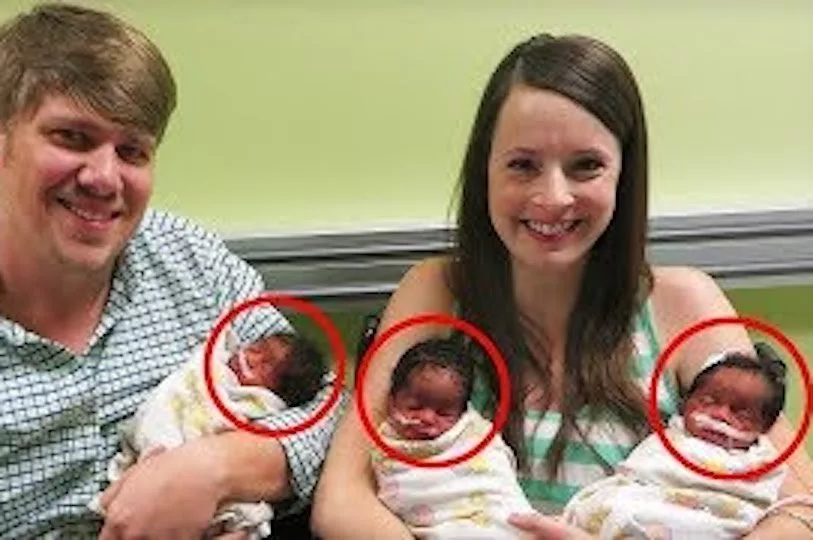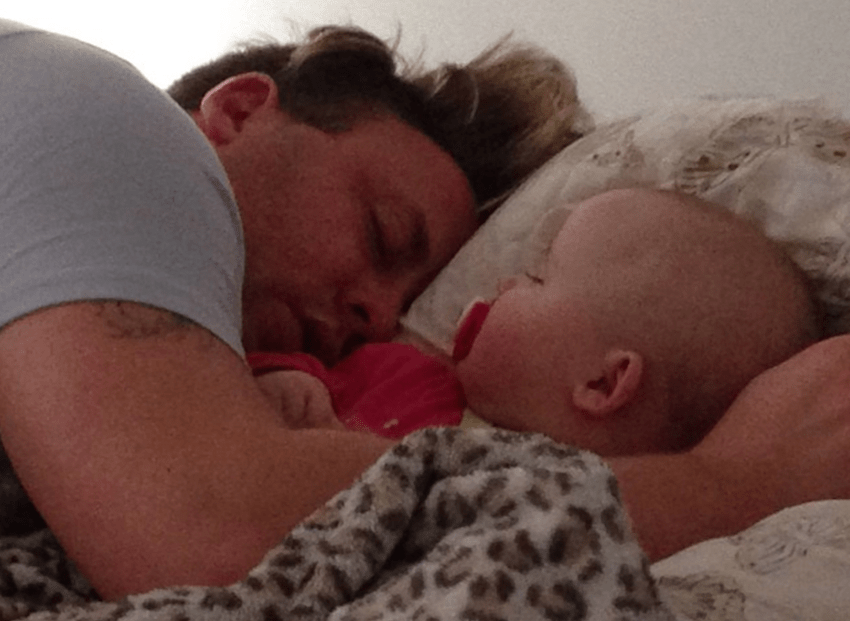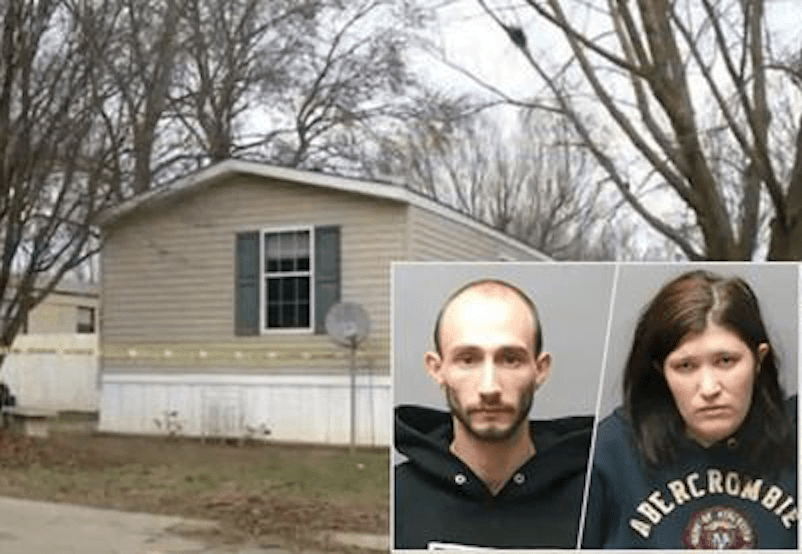


Aron and Rachael had always wanted to be parents, so when Rachael couldn’t get pregnant, they decided to adopt. The couple wanted to offer a home to children who otherwise wouldn’t have had a family, and soon they adopted two young African American children, a boy and a girl.
After hearing about embryo adoptions, Aron and Rachael decided to adopt two more children. They wanted their new babies to fit in with their son and daughter, so they decided to adopt twin African American embryos.
But they didn’t know that a surprise awaited them. One of their embryos split in two, expanding their family to five children.
In a recent article, Aron wrote about the family and the adoption process. He discussed the challenges of raising a multi-racial family in the South, but also the joys of seeing his children bond with each other.
“We knew, especially in the South, that a white couple with non-white children would draw a myriad of different reactions. There will always be the older white woman in Walmart who stared at us with sheer disgust, or the African-American mother who looked at us and just shook her head. However, there was also the young black girl who wept when we told her this little boy with her skin color was our son, and the older white doctor who lovingly prayed over him and held him so tenderly. These latter experiences were rays of hope reminding us how far our country had come, while the former experiences reminded us how far we still need to go.”
When the couple decided to adopt two embryos from the National Embryo Donation Center, there was no doubt that they wanted African-American embryos so their new babies would feel close to their two other adopted children. “They agreed with our thoughts about our kids matching each other racially and were supportive of the decision to select African American embryos,” writes Aron. After six weeks, it was time to visit the doctor, to receive their tiny embryos. And when they arrived, the couple was met with a completely different surprise.
“We began to describe everything to our doctor. He asked us a few times if we were sure that we had transferred two embryos. Yes, of course we were sure, we said. However, one of those embryos had split in two inside Rachael’s womb. She was indeed pregnant—not only with twins, but triplets! The birth was successful—and soon Aron and Rachael weren’t just the parents of two, but five small African American children.
“It’s been heartening to see virtually all of our friends and family express overwhelming support for our family and the unusual ways we’ve built it. In our minds, we are just living out our dream.
A dream that may not look like the average family, but one that we are thankful could come true in light of our country’s history. It’s especially encouraging to see so many of our fellow millennial evangelicals now placing a high priority on life, adoption, and multi-ethnic families.
I felt sheer delight during this pregnancy watching my son and daughter, with his dark brown skin and her with the ringlet hair and slightly tan skin, kiss my white wife’s growing belly. Each evening they said good night to those three growing little girls in her belly, and now they get to finally say sweet dreams to their baby sisters—face-to-adorable-face.”
“This is not the way we planned it 12 years ago when we were dating and talking about adoption, but oh, how thankful we are for God blessing us with these sweet little ones he has placed in our care.
I can remember a friend going through the adoption process telling me he had always wanted his family to look like a little United Nations. As I look at my growing family, I prefer to take it a step further, daring to hope that our family picture is a little hint of Heaven.
Aron and Rachael’s story is a reminder that all people are equal, and that families can come in all shapes and sizes. It is also a reminder that love knows no bounds.
Wife forced husband to sleep on the sofa after they argued, the next morning he Died, now she’s sorry!

“Family discovered something unusual hidden inside” After hearing noises behind wall!

They said it was a meth lab, but ‘Parents were cooking their son in the bedroom’!

